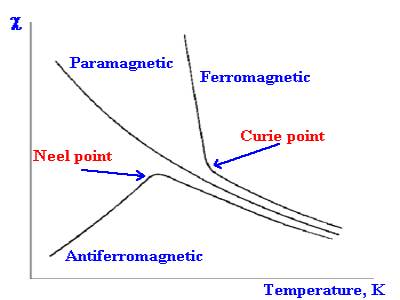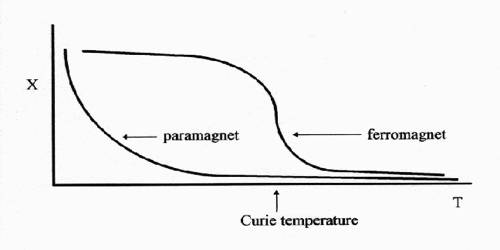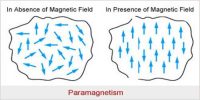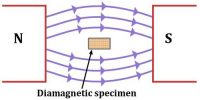Curie point: The temperature at which the magnetism of a magnet is completely destroyed is called curie point. It is the temperature at which certain materials lose their permanent magnetic properties, to be replaced by induced magnetism. This temperature is named for the French physicist Pierre Curie, who in 1895 discovered the laws that narrate some magnetic properties to change in temperature.

The Curie temperature of a low carbon steel is 7700C or 13900F. When steel is heated above its Curie temperature, it will become austenitic and loses its magnetic properties. When it is cooled back down, it will go through an overturn transformation and will restrain no residual magnetic field. The material should also be placed with its long axis in an east-west orientation to keep away from any pressure of the Earth’s magnetic field.
The force of magnetism is determined by the magnetic moment, a dipole moment within an atom which originates from the angular momentum and spin of electrons. Materials have dissimilar constructions of intrinsic magnetic moments that depend on temperature; the Curie temperature is the significant point at which a material’s basic magnetic moments transform path.















